| Component | Description | Component | Description |
|---|---|---|---|
| Touchscreen Display | Interactive screen for user navigation and input. | Card Reader | Reads credit/debit cards for processing payments. |
| Cash Acceptor | Accepts cash payments and provides change if needed. | Receipt Printer | Prints transaction receipts as proof of payment. |
| Barcode/QR Code Scanner | Scans barcodes or QR codes for quick access to payment details. | Security Features | Includes encryption and anti-tampering mechanisms to protect transactions. |
| Processor/CPU | Controls all operations, ensuring smooth processing and user interface. | Connectivity Modules | Ensures secure network connections for real-time transaction processing. |
Kiosk payment systems serve as automated self-service solutions designed to facilitate financial transactions in various settings. These kiosks allow users to pay bills, purchase goods or services, and complete other financial tasks independently, without the need for assistance from staff. Equipped with features such as touchscreens, card readers, cash acceptors, and receipt printers, kiosk payment systems provide a user-friendly interface for quick and efficient transactions. They integrate seamlessly with payment gateways and financial institutions, ensuring secure and real-time processing of payments. The kiosks are often deployed in public places such as malls, airports, and retail stores, offering convenience and accessibility 24/7. Additionally, these systems reduce operational costs for businesses by automating payment processes and enhancing customer satisfaction through fast, reliable service.
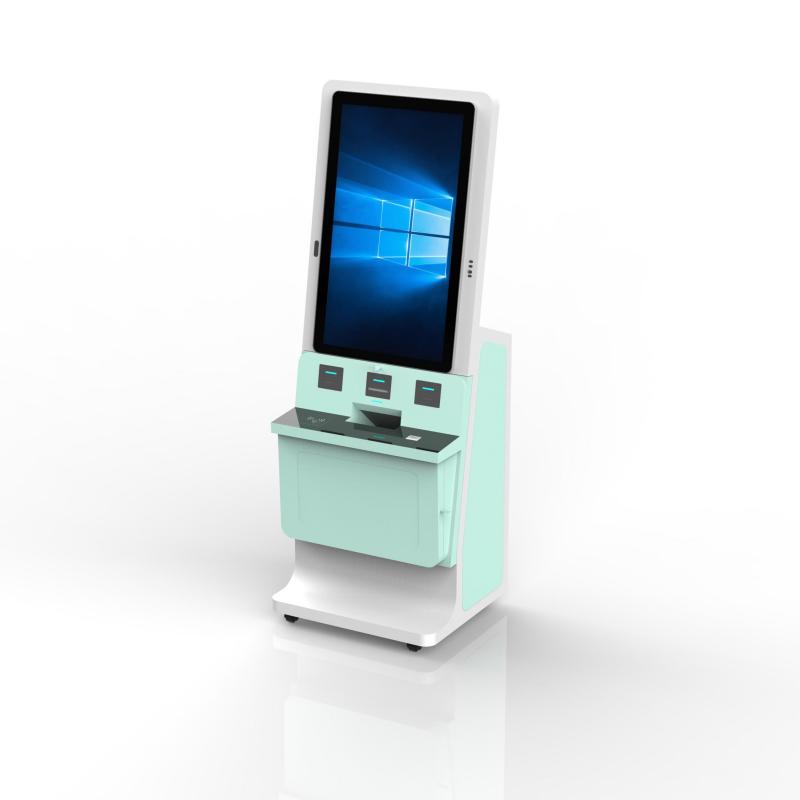
Kiosk payment systems rely on a seamless integration of software and hardware to ensure efficient and secure transactions.
The hardware includes components like touchscreens for user interaction, card readers for processing credit/debit payments, cash acceptors for handling cash transactions, barcode/QR code scanners for quick data entry, and receipt printers for issuing transaction proof.
On the software side, the system operates on specialized payment processing software that manages user interfaces, integrates with financial networks, and ensures secure data handling through encryption and compliance with industry standards. The software also supports various payment methods and can be customized to meet the specific needs of the business, such as integrating with existing POS systems or customer databases. Together, the hardware and software create a robust, user-friendly platform that streamlines payment processes, enhances customer experience, and boosts operational efficiency for businesses.

Increased Convenience: Kiosk payment systems allow users to make payments at any time, offering 24/7 access in locations like malls, airports, and retail stores.
Reduced Wait Times: By providing a self-service option, kiosks reduce queues and wait times, enhancing the overall customer experience.
Cost Efficiency: Automating payment processes through kiosks lowers operational costs by reducing the need for staff to handle transactions.
Enhanced Accuracy: Kiosks minimize human error in transactions, ensuring precise and consistent payment processing.
Security: Equipped with advanced security features, kiosk payment systems protect sensitive customer data and secure transactions against fraud.
Increased Transaction Speed: Kiosks enable quick payment processing, allowing more transactions to be completed in less time.
Scalability: Kiosk payment systems can easily be scaled to accommodate increased demand, making them suitable for both small businesses and large enterprises.
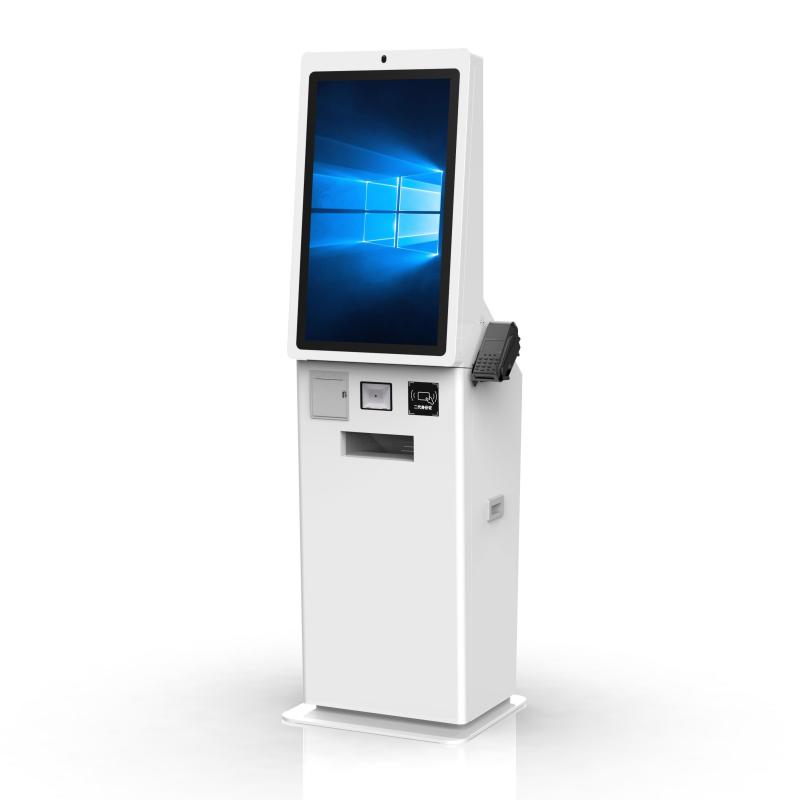
The price of a kiosk payment system varies based on features, hardware quality, and customization options, typically ranging from $3,000 to $15,000 per unit. Despite the initial investment, the return on investment (ROI) can be significant. Kiosk payment systems reduce labor costs by automating transactions, decreasing the need for cashiers or clerks. They also increase transaction speed, leading to higher customer throughput and satisfaction, which can boost sales. Additionally, kiosks operate 24/7, enabling continuous revenue generation without additional staffing costs. Businesses often see a return on their investment within 12 to 24 months, depending on factors such as transaction volume, operational efficiency, and placement strategy. The long-term savings on labor, coupled with the potential for increased revenue, make kiosk payment systems a cost-effective solution for businesses seeking to enhance customer service and streamline operations.

Branding: Customize the kiosk’s exterior with your company’s logo, colors, and design elements to align with your brand identity.
Payment Methods: Choose the types of payments the kiosk will support, such as credit/debit cards, cash, mobile payments, and digital wallets.
User Interface: Tailor the software interface to create a user-friendly experience that meets the specific needs of your customers.
Hardware Components: Select or upgrade hardware like touchscreens, printers, and card readers based on the specific environment and user requirements.
Language Support: Incorporate multiple languages into the kiosk’s interface to cater to a diverse customer base.
Accessibility Features: Add features like audio guidance, braille, and adjustable screens to make the kiosk accessible to all users.
Security Enhancements: Implement advanced security measures, such as biometric authentication or enhanced encryption, to protect sensitive transactions.
Integration Capabilities: Customize the software to integrate seamlessly with your existing systems, such as POS systems, CRM databases, or loyalty programs.
Budget: Evaluate the total cost, including initial purchase, installation, maintenance, and any potential upgrades.
Business Needs: Assess whether the kiosk meets your specific operational requirements, such as transaction volume, user base, and location.
Durability and Reliability: Consider the kiosk’s build quality, especially if it will be placed in high-traffic or outdoor environments.
Ease of Use: Ensure that the kiosk is intuitive and easy for customers to use, reducing the need for assistance and improving customer satisfaction.
Security: Evaluate the kiosk’s security features, including data encryption, compliance with industry standards, and protection against tampering.
Vendor Reputation: Research the vendor’s track record, including product reliability, customer support, and after-sales service.
Scalability: Consider whether the kiosk system can be easily scaled or upgraded as your business grows or your needs change.
Installation and Support: Look into the installation process, available technical support, and maintenance services offered by the vendor.
Compliance: Ensure the kiosk meets local regulatory and industry standards, particularly regarding payment processing and data protection.
Customer Experience: Consider how the kiosk will enhance the overall customer experience and contribute to operational efficiency.

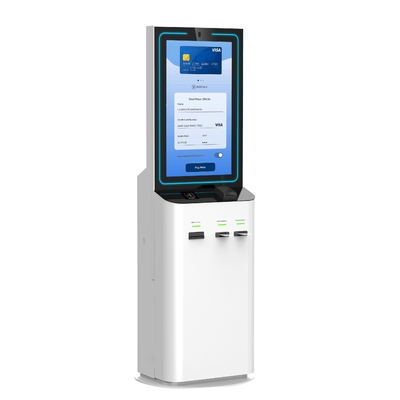
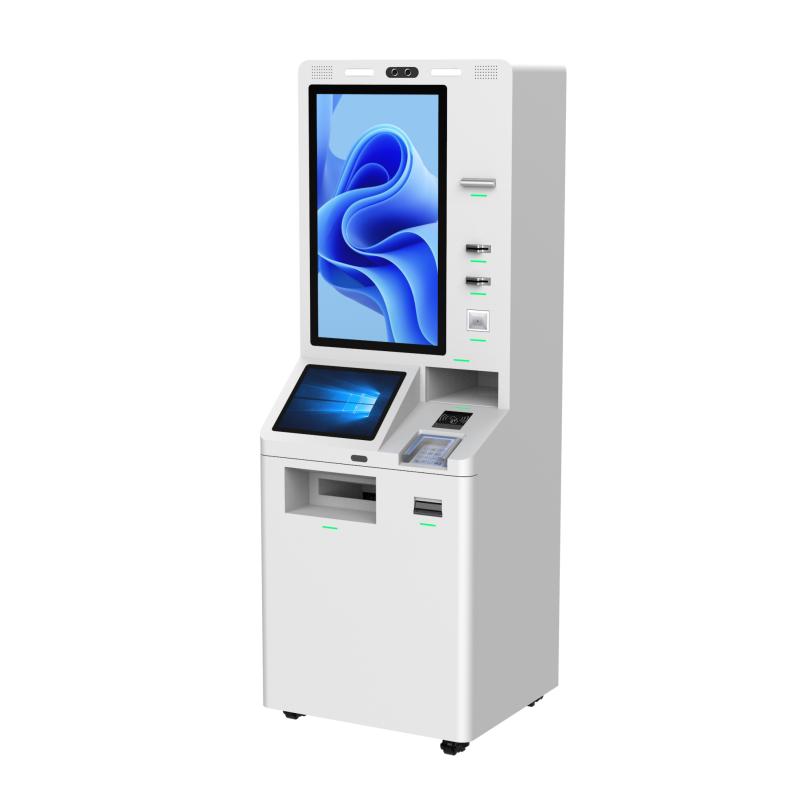
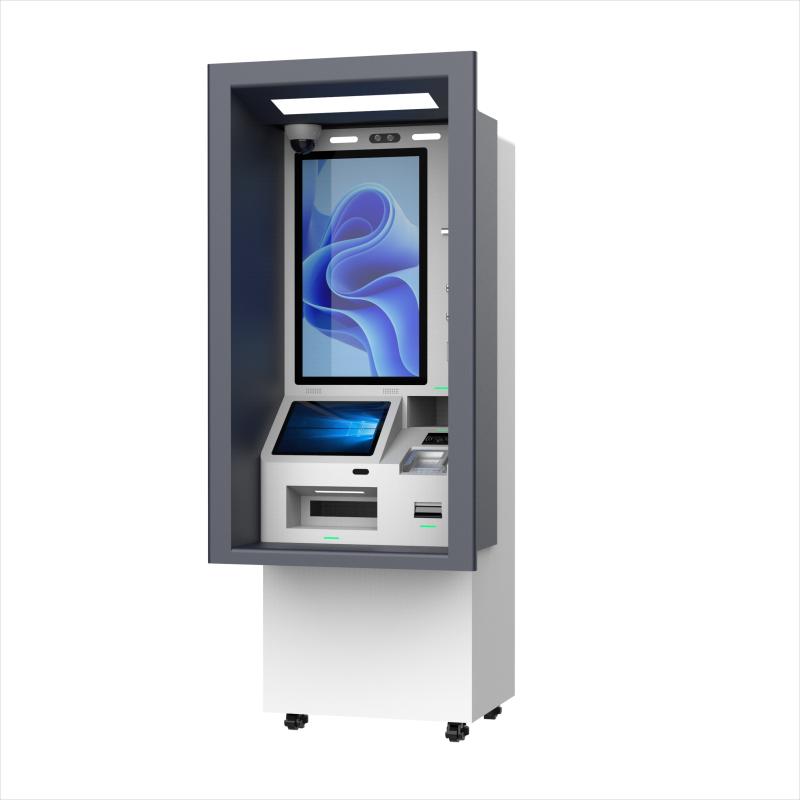
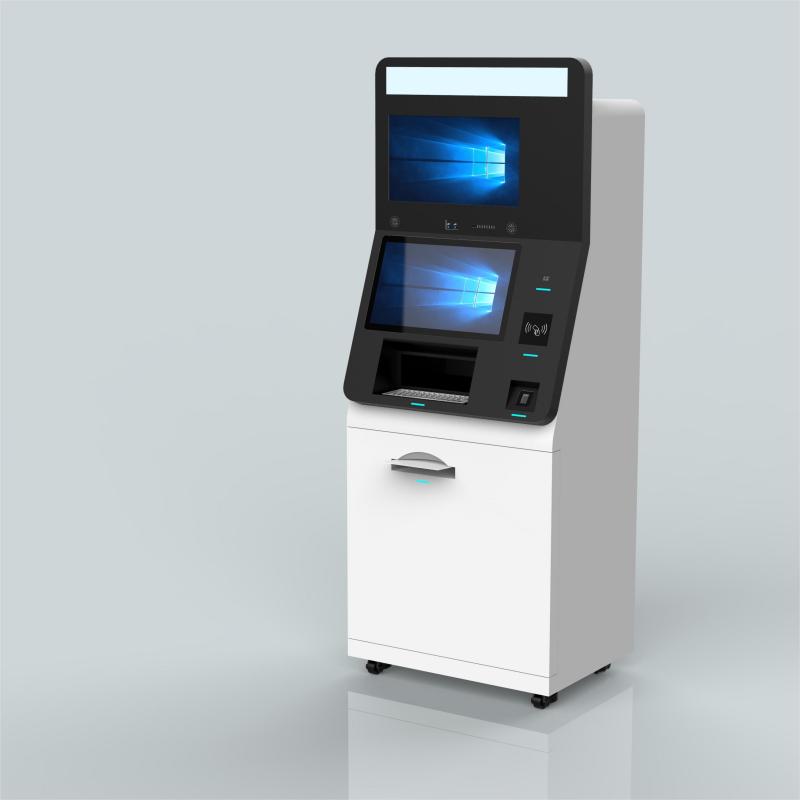

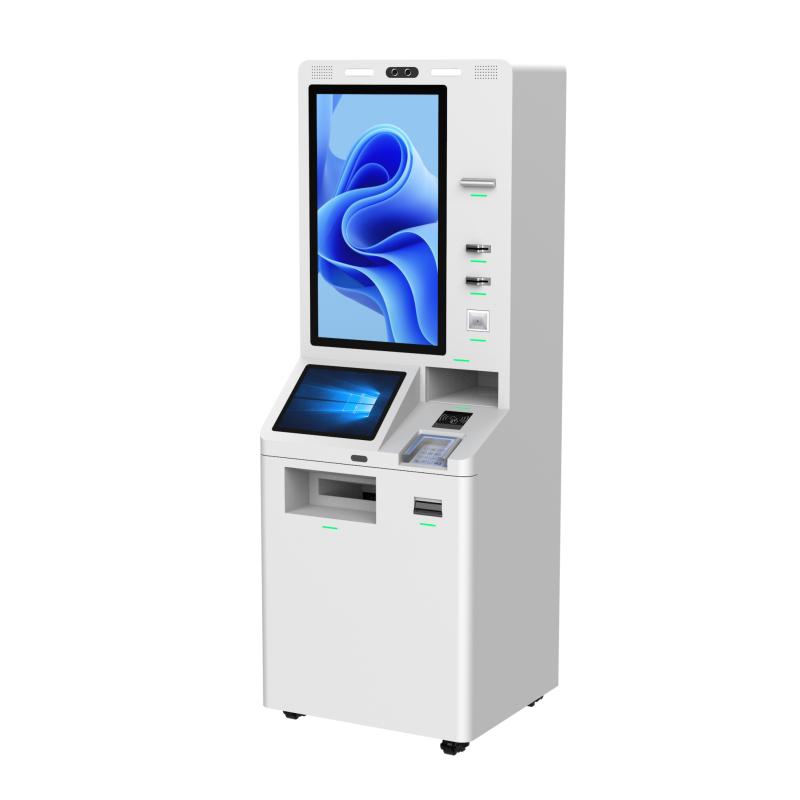

What did our happy clients say?
Very satisfied! The self-service payment kiosk is easy to use, performs reliably, and significantly boosts our efficiency. The support service is also excellent. Highly recommended!
After purchasing this payment kiosk, our processes have become much smoother, and customer feedback is very positive. Technical support is timely—extremely satisfied!
The kiosk payment is of excellent quality, easy to install, and the payment speed is impressive. The after-sales service is professional and thorough. Very happy with the purchase!
The payment kiosk is highly efficient with smooth operation and great customer experience. The manufacturer’s service is attentive, making the overall experience very satisfying!